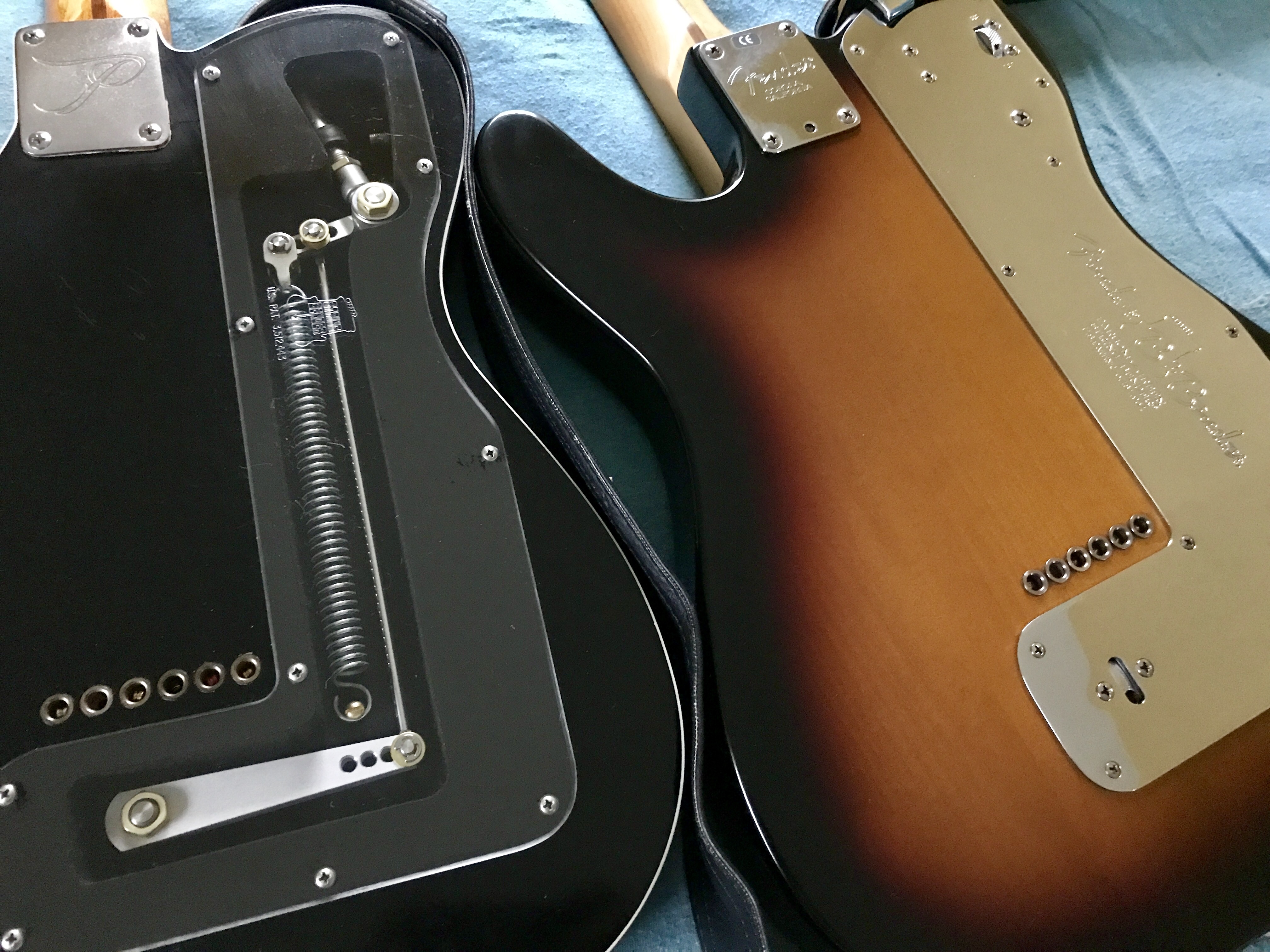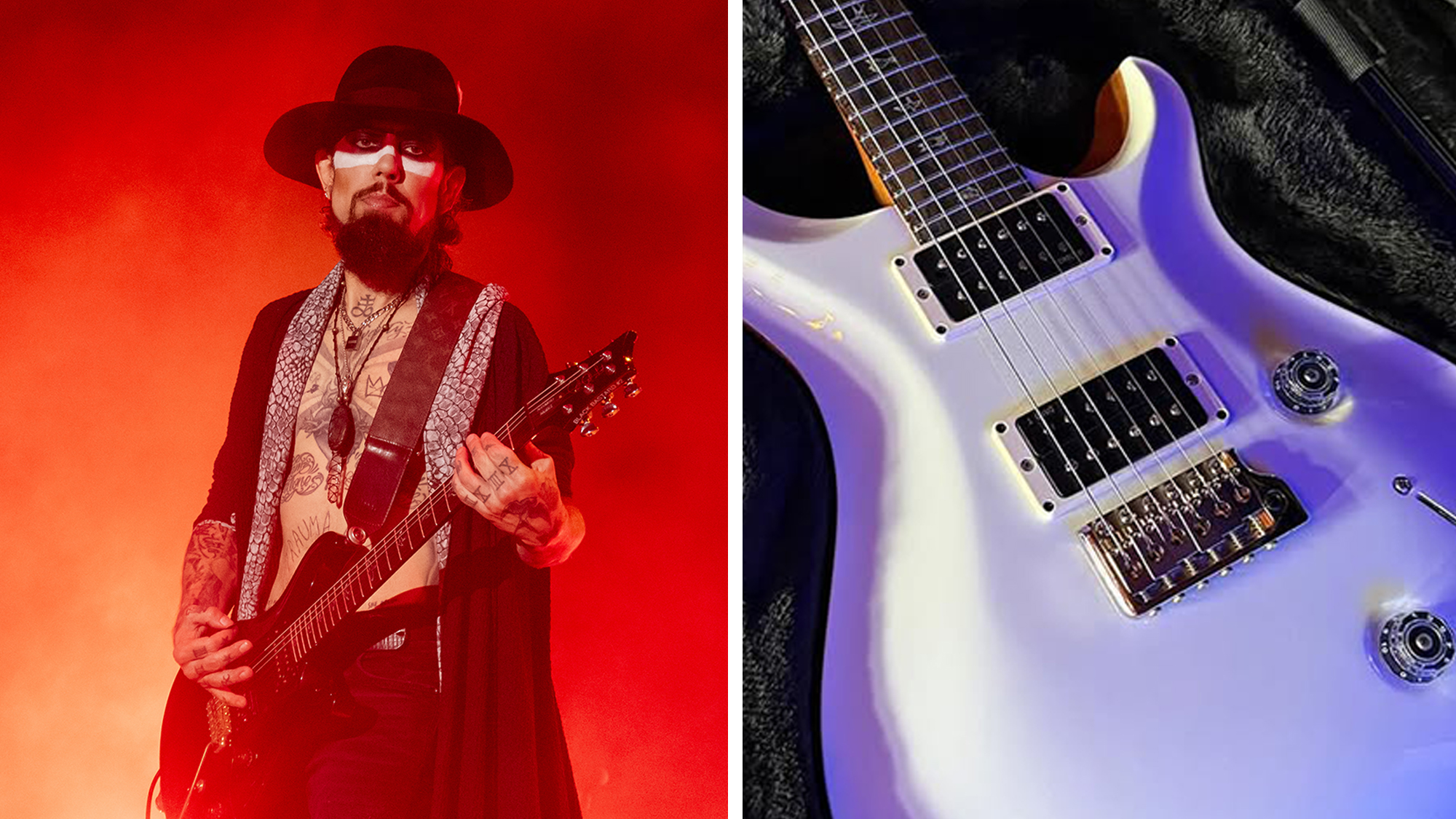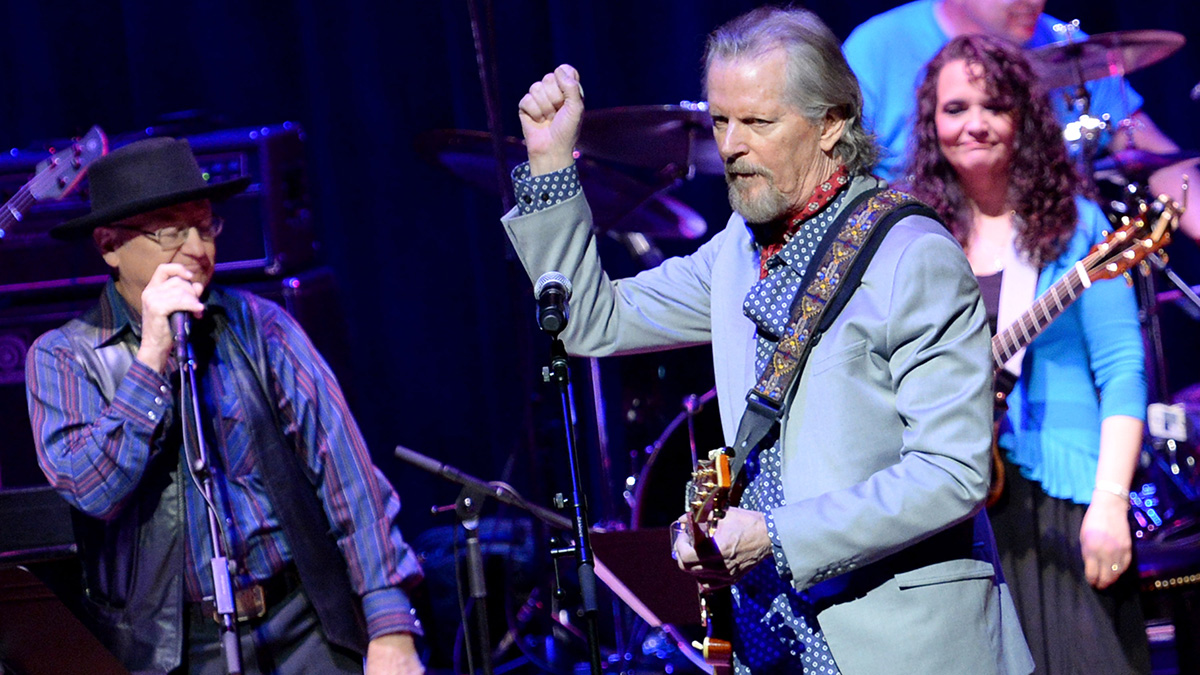Session Guitar: The Gear You Really Need to Make Incredible Recordings at Home

Hello, fellow guitarists!
If you want your songs to be loved by most who hear it, this is what you must consider:
The song must be excellent. Next, the musical arrangement must be correct to sell the song. The performance of the song must be emotional. Finally, it must be recorded as well as possible in the correct environment using the best gear available.
Now notice: What is the last thing I mentioned? GEAR! No piece of gear is going to save a bad song with no arrangement that is performed horribly. But for some reason, gear is what most people care about instead of the most important things. Let's have some perspective, people!
Now that I've have gotten that off my chest ... I'm going to talk about gear!
Here's a cold, hard fact: MOST of the music you hear and love was not recorded on Pro Tools, auto tuned, played on a PRS Dragon, amped with a Dumble or mic'd with a Royer. There are decades of recordings that became hits somehow recorded on a medium called tape. Some were even recorded on ADATS. A guy from Asbury Park even released a commercial recording done on a cassette four track! Get it yet? Let me make it clearer: LEARN TO USE WHAT YOU HAVE, AND USE IT WELL!
Here's a list of what you really need today to make your recordings shine! Even competitive with the big kids!
Get The Pick Newsletter
All the latest guitar news, interviews, lessons, reviews, deals and more, direct to your inbox!
1. A COMPUTER WITH AS MUCH POWER AS YOU CAN AFFORD. Do not care if it is a Mac or PC. Just get one that is as powerful as you can afford, and get plenty of RAM and backup drives. And a decent-sized monitor or two.
2. BREAKOUT BOXM. A digital-to-analog converter. These range in price from using the mic input on your computer to several thousands of dollars. It depends on your needs. Are you recording drums and multiple instruments live? Then you will need a box with at least four to eight inputs, minimum. Are you recording yourself using drum samples and going direct a lot and using loops? Two inputs is sufficient. Buy what you need, and if you think you will need more later, plan ahead.
3. MICROPHONES. A pair of SM57's may be enough for now, but a good condenser or two are also necessary. Mics are like ears. They all hear things differently. Start with a few, but remember to buy the best you can afford and use your studio space and experimentations to get the most out of those babies!
4. PREAMPS. These are used to boost the signal and even color the sound. Some are tubes, others transformer based. Some have EQ. These are more expensive and not always necessary. Preamps also can be used as DI boxes for direct guitar sounds and bass recording.
5. SOFTWARE. Ask around. Get trial versions. For home recording, not commercial, any will do. Do not worry about compatibility. All are compatible today. I trade files made in every format back and forth daily. Presonus, Cubase, Sonar, Logic, and Pro Tools are all good choices.
6. COMPRESSORS. A good compressor goes a long way when you know how to use it. I use software and hardware versions. However, if you do not know how to use it, LEARN. Take some lessons. Compression is a tool and can be used to color and control the sound. DBX makes some good basic ones, and Universal Audiomakes some incredible ones. Summit also makes a magic box called the TL50. Just incredible on everything.
7. MONITORS. Good monitors mean everything to a recording. Learning how to hear on them is even better! Proper placement and decoupling them is imperative. Do not skimp here. They must give an honest representation of your recordings. I use several pairs by everything from Genelec to Event.
8. HEADPHONES AND HEADPHONE AMP. Or a headphone distribution system. One set may be enough. I like to keep several good pairs and several cheaper pairs around. All depends on how many are necessary. Planning on recording a few backup singers around a mic? You'll need several. And the good pairs can be used for critical listening and eliminating the room from the sound.
9. ACOUSTICAL CONTROL. The sound of the room will affect the listening and recording. A few chairs, a bookshelf, and shades may be enough. Or you can buy acoustical bass traps and roominators to do the job for you. Evaluate this by testing your recordings. If they do not sound the same or close in various environments, your room is lying to you. Fix it and fix it fast. Stop sound reflections.
10. CABLES. Wire that sucker up with the best and most reliable you can afford. Cables affect the sound and when you are talking about alot of cabling, well that's alot that can affectation. Get the best you can afford.
Now kindly go back to my previous blogs on studio ergonomics and microphones. I will be discussing compression, preamps and monitors at length soon. But this list is fairly comprehensive. Check out my home studio on my website.
Start with what you have and add as you can. But most importantly, USE WHAT YOU HAVE.
Ron Zabrocki on Ron Zabrocki: I’m a session guitarist from New York, now living in Connecticut. I started playing at age 6, sight reading right off the bat. That’s how I was taught, so I just believed everyone started that way! I could pretty much sight read anything within a few years, and that aided me in becoming a session guy later in life. I took lessons from anyone I could and was fortunate enough to have some wonderful instructors, including John Scofield, Joe Pass and Alan DeMausse. I’ve played many jingle sessions, and even now I not only play them but have written a few. I’ve “ghosted” for a few people that shall remain nameless, but they get the credit and I got the money! I’ve played sessions in every style, from pop to jazz.
- Best DAWs for guitarists: guitar-friendly music-making software










